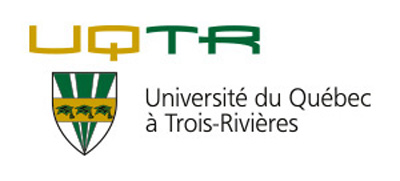Related projects
Discover more projects across a range of sectors and discipline — from AI to cleantech to social innovation.
Mitacs brings innovation to more people in more places across Canada and around the world.
Learn MoreWe work closely with businesses, researchers, and governments to create new pathways to innovation.
Learn MoreNo matter the size of your budget or scope of your research, Mitacs can help you turn ideas into impact.
Learn MoreThe Mitacs Entrepreneur Awards and the Mitacs Awards celebrate inspiring entrepreneurs and innovators who are galvanizing cutting-edge research across Canada.
Learn MoreDiscover the people, the ideas, the projects, and the partnerships that are making news, and creating meaningful impact across the Canadian innovation ecosystem.
Learn MoreThe boreal mixedwood forests of the Abitibi region of Quebec are often characterized by a canopy of trembling aspen with shade tolerant species such as white spruce and balsam fir in the subcanopy. In many cases, harvesting has converted complex mixedwoods into simpler, even aged forests. Due to the differences in regeneration and tree growth, the white spruce is often of small merchantable size classes when the trembling aspen is ready for harvesting. Partial cutting is a harvesting method where only some canopy trees are removed while others are retained in various proportions as residual trees. This remaining forest cover can maintain vital ecosystem services and meet silvicultural objectives such as increased timber production. It is thought that by removing some overstorey competition via partial cutting, the residual trees will experience an increase in growth rate. The purpose of this project is to evaluate the growth responses of residual white spruce trees in mixedwood stands where four different proportions of trembling aspen were removed by partial cutting ten years ago. Few studies have evaluated longer term growth responses of residual trees in trembling aspen-white spruce mixedwood stands. It is essential to determine the effectiveness of partial cutting treatments in terms of growth response, since it will likely only be considered successful on an ecosystem and economic basis if the growth responses of residual trees are positive.
Dr. Brian Harvey
Jessica Smith
Tembec Inc.
Environmental sciences
Forestry
Université du Québec en Abitibi-Témiscamingue
Accelerate
Discover more projects across a range of sectors and discipline — from AI to cleantech to social innovation.
Find the perfect opportunity to put your academic skills and knowledge into practice!
Find ProjectsThe strong support from governments across Canada, international partners, universities, colleges, companies, and community organizations has enabled Mitacs to focus on the core idea that talent and partnerships power innovation — and innovation creates a better future.













































































































































































































































































































